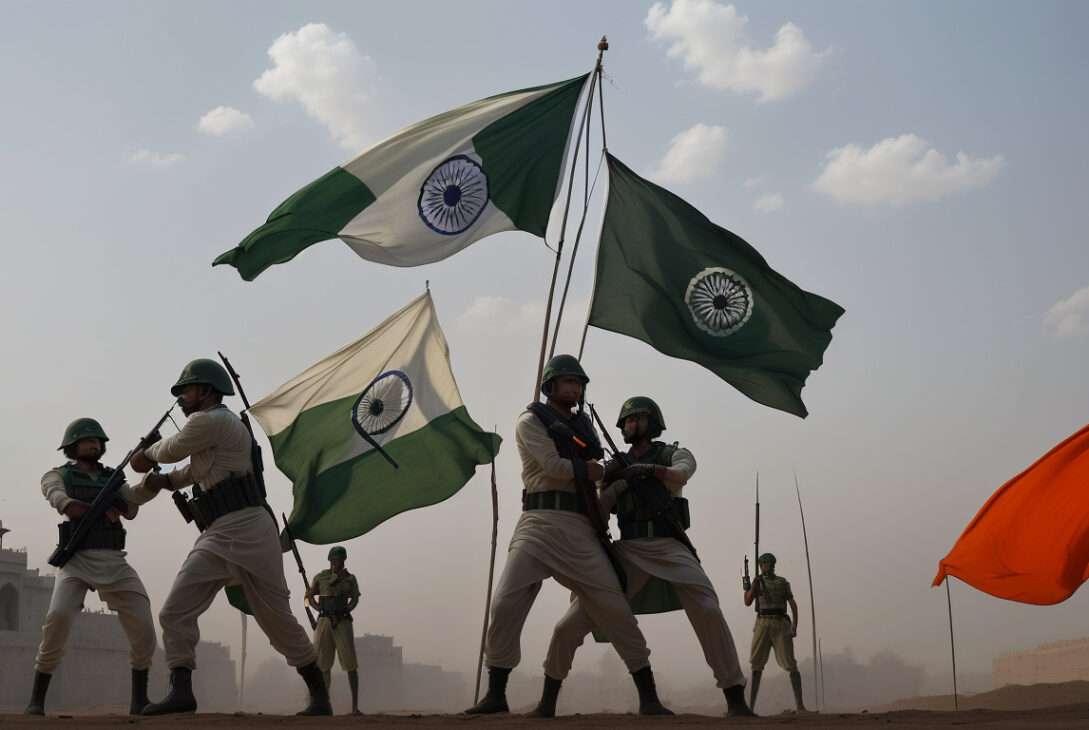The India-Pakistan rivalry is one of the most intense and longstanding sporting and geopolitical contests in the world. With roots that trace back to the partition of British India in 1947, this rivalry transcends cricket and sports, deeply affecting politics, culture, and diplomacy between the two South Asian neighbors. This article explores the historical background, the sporting rivalry — especially in cricket — and how the ongoing tensions impact the region as a whole.
Historical and Political Context
The creation of India and Pakistan as separate nations led to significant political tension, disputes over territories such as Kashmir, and multiple conflicts over the decades. Diplomatic relations have fluctuated, oscillating between periods of dialogue and détente to phases of hostility and standstill. This political rivalry casts a long shadow over all bilateral relations, including people-to-people connections and cultural exchanges.
Cricket: More Than Just a Game
Cricket acts as a focal point of the India-Pakistan rivalry, drawing some of the largest global viewership numbers. Matches between the two teams are often billed as more than just sports events — they are symbolic of national pride and have the power to temporarily unite or intensify emotions on both sides.
Contests such as the Asia Cup, ICC World Cup, and bilateral series gather millions of fans glued to their screens, creating an atmosphere charged with excitement and competitiveness. For example, the Asia Cup 2025 match held at the Dubai International Cricket Stadium showcased the passion and intensity that characterize these encounters, despite political tensions.
Impact on the Region
The rivalry influences the broader South Asian region in several ways:
- Diplomatic Impediments: Sporadic flare-ups and mistrust complicate peace initiatives and regional cooperation efforts in forums like SAARC.
- Economic Consequences: Trade between the countries is limited due to political friction, restricting economic benefits that could accrue through free exchange and cooperation.
- Social and Cultural Divides: While sporting and cultural exchanges sometimes build bridges, deep-rooted mistrust and nationalist narratives often hamper genuine reconciliation.
The Role of Sports Diplomacy
Cricket diplomacy has occasionally acted as a soft tool to thaw relations. Historic moments like cricket tours or joint participation in tournaments have opened channels for dialogue and eased tensions, though these are often fleeting. The hope remains that sustained sporting interactions could foster greater understanding and peace.
Looking Forward
While the India-Pakistan rivalry is deeply entrenched, the desire among many in both countries’ populations for improved relations remains strong. Continued sporting encounters, especially high-profile tournaments like the Asia Cup, provide a platform where competitive spirit can coexist with respect and camaraderie.
Addressing political and social challenges alongside promoting people-to-people contact and sportsmanship may eventually help reduce the acrimony that has defined the India-Pakistan relationship for decades.
In essence, the India-Pakistan rivalry is a complex tapestry woven with history, politics, and sport. Its impact reverberates far beyond the cricket field, shaping the geopolitical landscape of South Asia. While cricket matches between the two nations capture global attention and ignite passions, they also present opportunities for dialogue and unity in a region eager for peace and cooperation.










